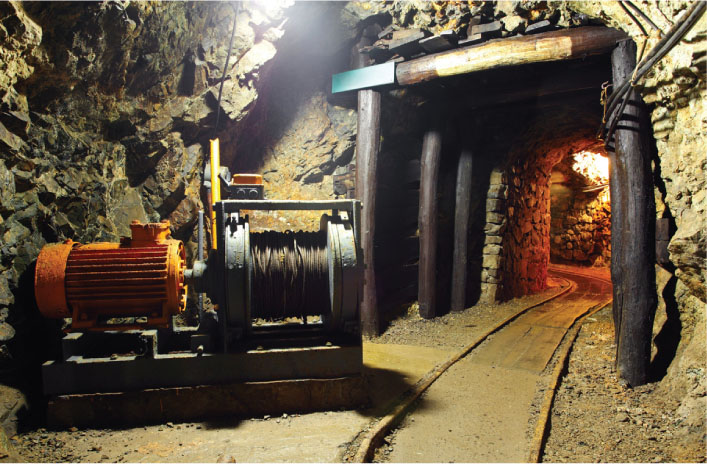 Underwriters of property coverage for mining operations identify business interruption as one of their biggest challenges—because severe fluctuations in commodity pricing can make it difficult to accurately gauge the ultimate exposure.
Underwriters of property coverage for mining operations identify business interruption as one of their biggest challenges—because severe fluctuations in commodity pricing can make it difficult to accurately gauge the ultimate exposure.
The underwriters expressing this view were members of a panel discussion at the 2012 North American Mining Summit in St. Louis, hosted by Lockton.
As an example of the extreme fluxes possible in these exposures, Gunter Becker, senior vice president of mining with Munich Re, recalls a particular piece of equipment used on a job for six years until a loss occurred.
Recommended For You
Want to continue reading?
Become a Free PropertyCasualty360 Digital Reader
Your access to unlimited PropertyCasualty360 content isn’t changing.
Once you are an ALM digital member, you’ll receive:
- Breaking insurance news and analysis, on-site and via our newsletters and custom alerts
- Weekly Insurance Speak podcast featuring exclusive interviews with industry leaders
- Educational webcasts, white papers, and ebooks from industry thought leaders
- Critical converage of the employee benefits and financial advisory markets on our other ALM sites, BenefitsPRO and ThinkAdvisor
Already have an account? Sign In Now
© 2025 ALM Global, LLC, All Rights Reserved. Request academic re-use from www.copyright.com. All other uses, submit a request to [email protected]. For more information visit Asset & Logo Licensing.








